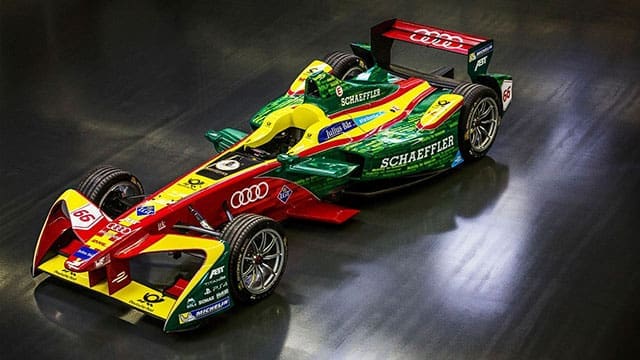Explore the benefits, challenges, and technological advancements of integrating EVs into the prestigious racing series

As global awareness of environmental sustainability grows, the motorsport industry is undergoing a significant transformation. One of the most prominent changes is Formula One’s shift towards electric power.
This article explores the various facets of this transition, highlighting the technological advancements, environmental benefits, and potential challenges that come with integrating electric vehicles into the world’s most prestigious racing series.
Technological Advancements
Formula One has always been a testing ground for cutting-edge automotive technology. The transition to electric cars is no exception. Electric powertrains offer several advantages, including instant torque delivery, which can enhance acceleration and overall performance.
Moreover, advancements in battery technology are enabling longer race durations and faster charging times. The development of regenerative braking systems, which recover energy during braking, is another key innovation that can be adapted for electric Formula One cars.
Environmental Benefits
The environmental impact of traditional combustion engines is a significant concern. Electric vehicles (EVs) produce zero tailpipe emissions, which can drastically reduce the carbon footprint of Formula One races. This aligns with global efforts to combat climate change and promotes a more sustainable future for motorsports.
Additionally, the shift to electric cars can drive broader adoption of EV technology, influencing consumer behavior and contributing to cleaner air and reduced greenhouse gas emissions.
Challenges and Considerations
Despite the promising benefits, the transition to electric Formula One cars presents several challenges. One major hurdle is the current performance gap between electric and internal combustion engines.
While electric cars are rapidly improving, achieving parity in terms of speed, endurance, and overall race dynamics is crucial for maintaining the excitement and competitiveness of Formula One. Infrastructure is another consideration; ensuring that tracks are equipped with adequate charging facilities is essential for the smooth operation of electric races.
More Formula E US Locations
Formula E is actively exploring the possibility of adding more locations in the USA. Currently, the series races in Portland, Oregon, and there are discussions to continue this event beyond 2024. Additionally, Phoenix, Arizona, is a potential future host city, with the city council approving a feasibility study to explore hosting a Formula E race as part of a sustainability push.
Los Angeles is also in talks to host a race around one of its major stadiums, though this would not happen until at least 2025. If Formula E does decide to head to Phoenix Arizona, Betway Arizona promos are going to be a good option if you’re looking to get in on the racing action.
The Road Ahead

Formula One’s move towards electric cars signifies a monumental shift in the sport’s history. This transition not only showcases the potential of electric technology but also emphasizes the importance of sustainability in high-performance sports. As Formula One embraces this electric future, it paves the way for innovative developments that can revolutionize the automotive industry and contribute to a more sustainable world.
The journey is complex and filled with challenges, but the rewards for the environment and the sport itself are immense.
By embracing electric power, Formula One is not just keeping pace with global trends but setting a powerful example for other motorsports to follow. The future of racing is electric, and Formula One is poised to lead the charge.
This content is a joint venture between our publication and our partner. We do not endorse any product or service in the article.

